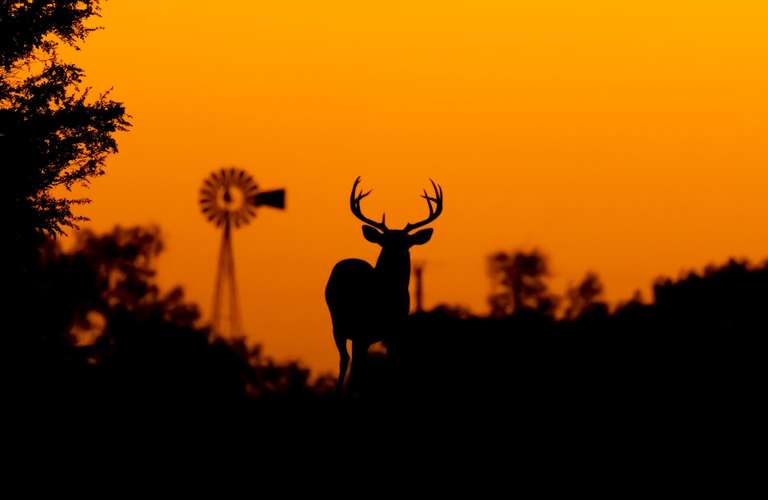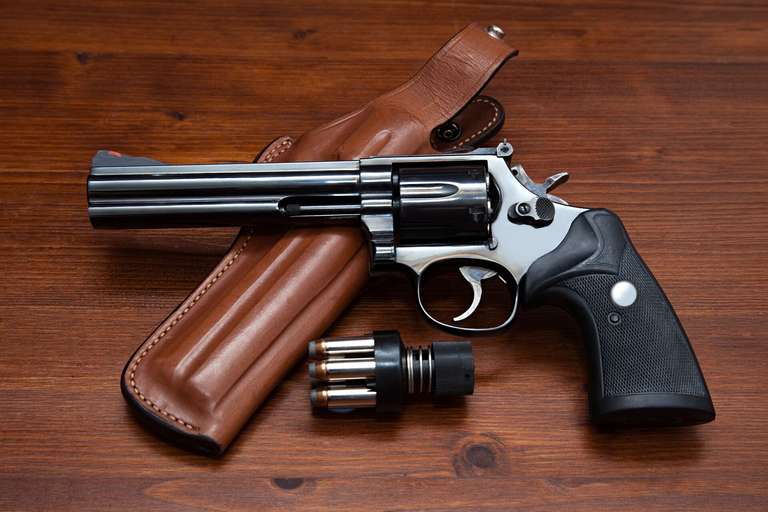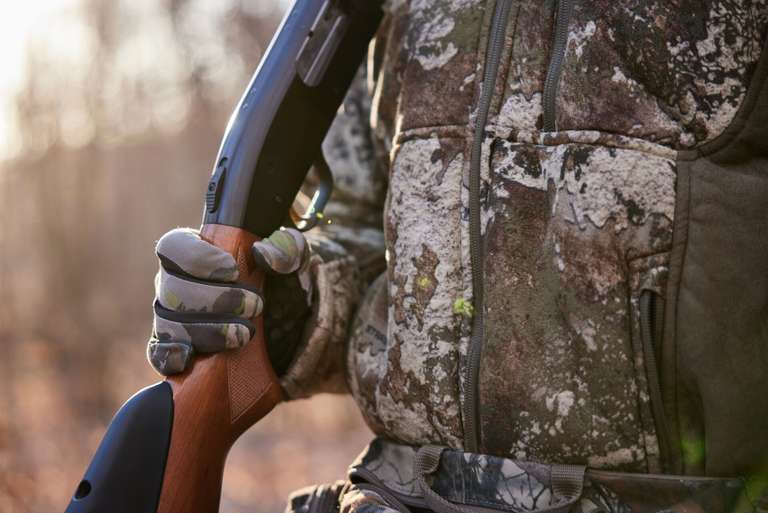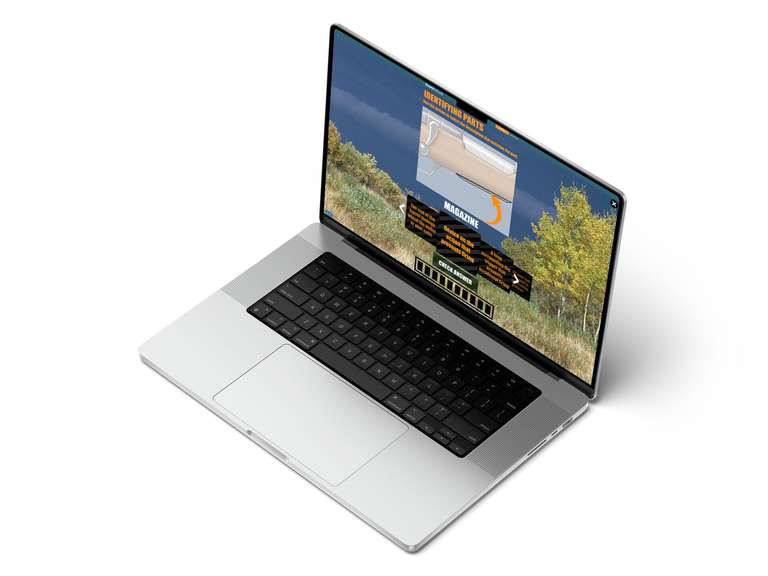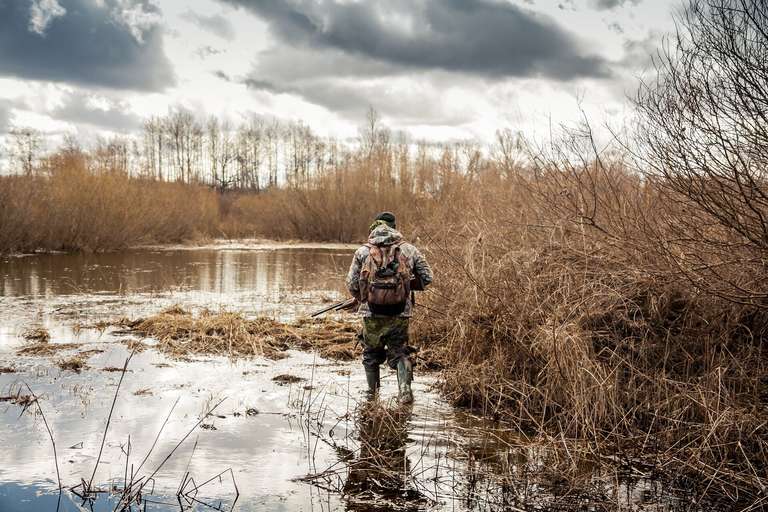What Hunters Should Know About Deer Body Language
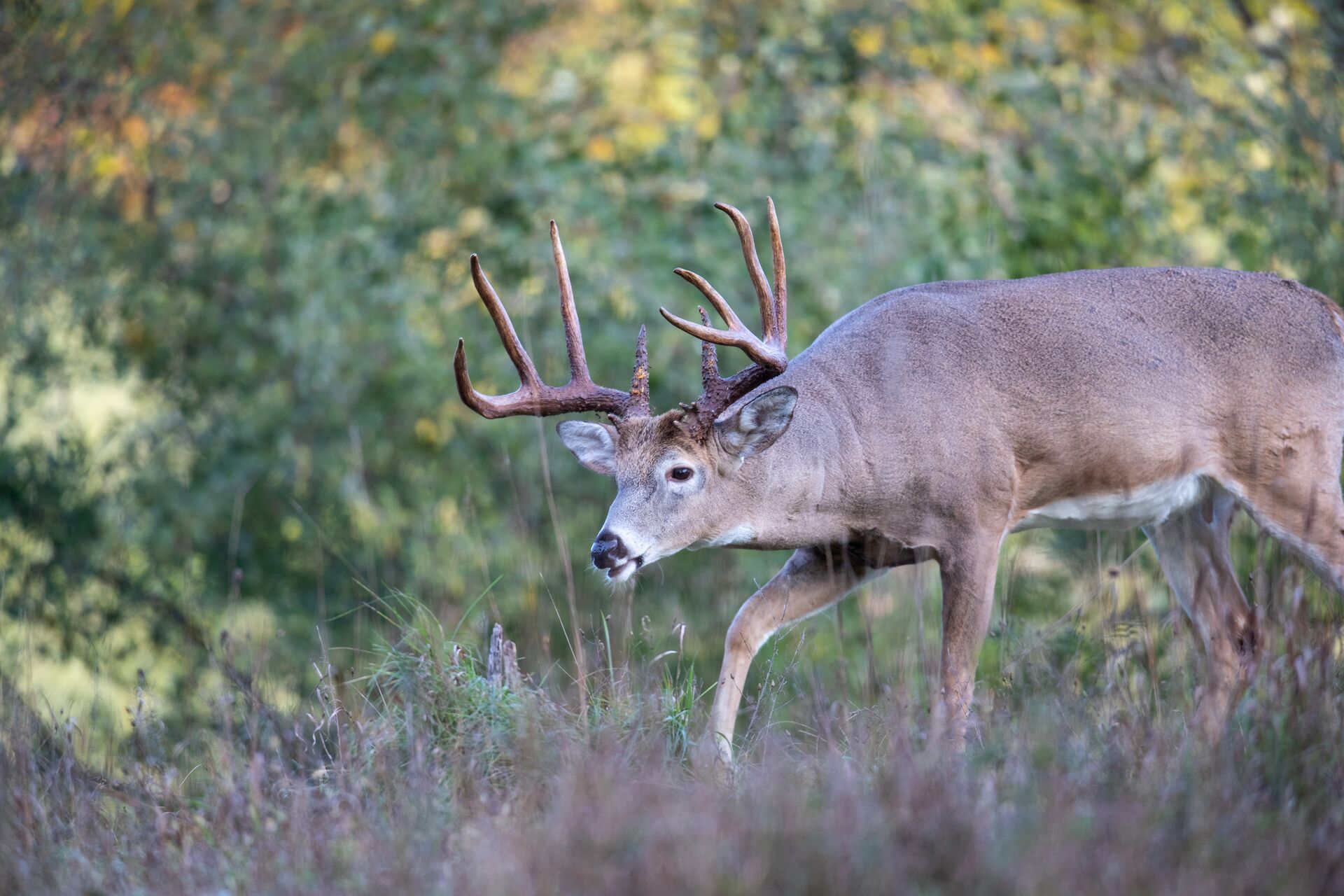
The ability to read deer body language will often mean the difference between a successful hunt and a missed opportunity. Experienced hunters know how to observe and interpret a deer’s subtle communication system, which signals the animal’s mood, awareness, and potential subsequent actions.
Every tail flick, eye movement, ear twitch, and posture change will tell you what the deer is thinking. Understanding these signals will make you a better hunter and keep you safer in the unlikely event that a deer turns aggressive.
What should you know about a deer's body language? Keep reading to find out!
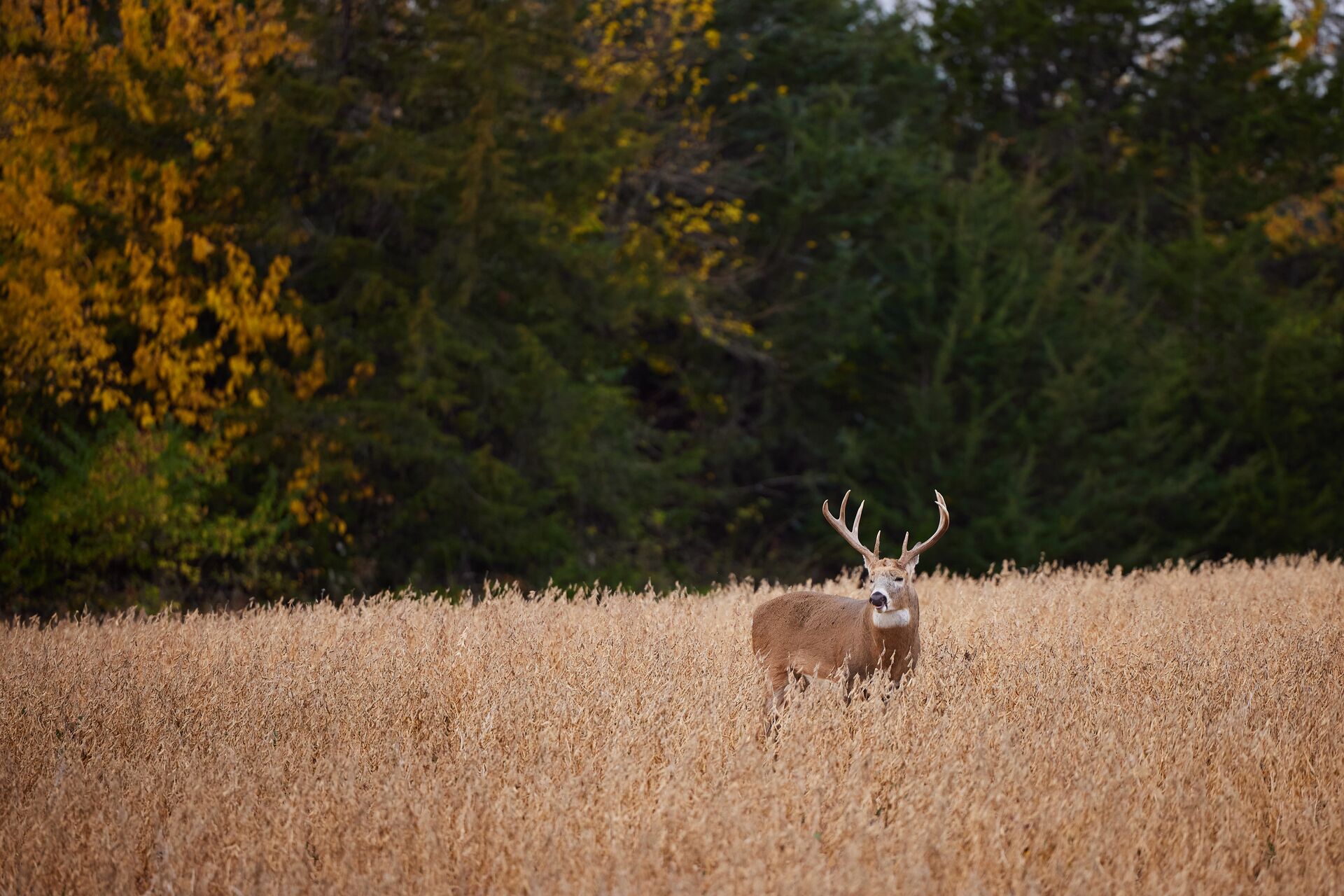
Why Deer Body Language Matters for Hunters
Understanding body language for deer isn’t just about being an animal “whisperer.”
Knowing how to read a deer’s behavior gives you a significant advantage, including. Based on a deer's behavior, you can:
- Understand how a deer is reacting to your scent, sound, or presence.
- Avoid moving when a deer is on alert.
- Predict a deer’s next move to help you know when to aim or draw.
- Improve shot placement by waiting until the deer is calm and unaware of your presence.
Successfully interpreting a deer’s behavior allows you to predict movements and alertness and can create opportunities to time your actions for a lethal and ethical shot.
Common Body Language from Deer (and What It Means)
Whitetail and mule deer communicate their mood and intention through body language, movement, and vocalization.
Here are some of the most common signals to observe:
- Relaxed Posture: Deer that feel safe will casually graze with a lowered head and slow movements, accompanied by light tail flicks.
- Ears Forward, Head Up: Something in the deer’s environment has caught its attention, and it is doing a threat assessment.
- Tail Raised: A deer’s raised tail is a classic warning sign that the deer is alarmed, alerting other deer, and is ready to run away.
- Foot Stomping: The deer is suspicious and stomps, followed by a freeze to observe to get a reaction to better identify the potential threat.
- Snorting or Blowing: The loud exhale is a warning to other deer that a threat has been detected, and it’s time to make a quick escape.
- Lowered Head, Ears Back, Stiff Body: These postural changes are signs of aggression and will typically be made by bucks during the rut.
Keep an eye out for these signals and practice reading them during your pre-season scouting. Knowing what each action means can help you adjust your tactics when that big buck comes into view this fall.
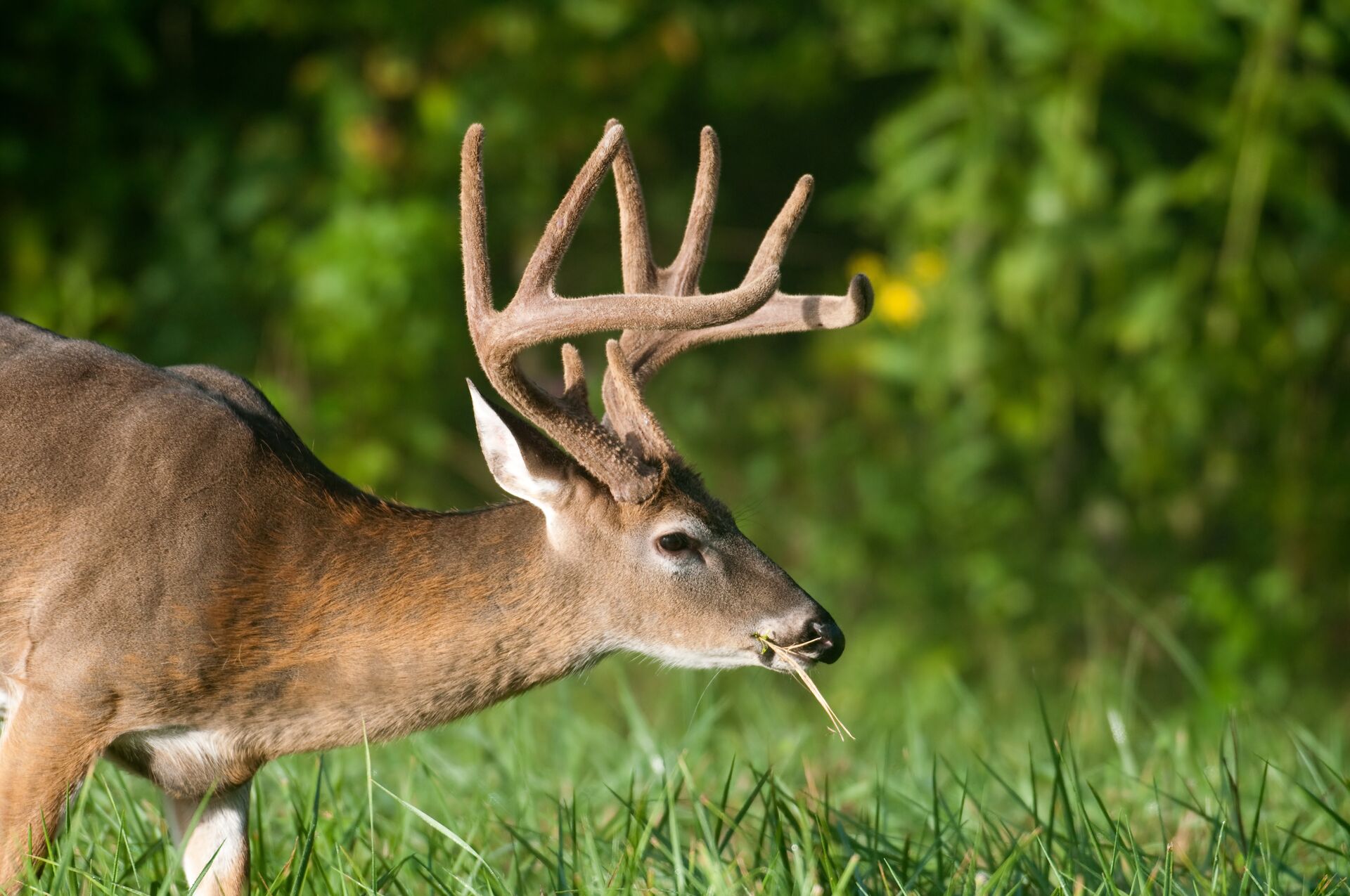
How Understanding Deer Body Language Helps Hunters
Having the skill to read deer body language can dramatically improve your success rate and safety.
Recognizing that a deer is calm and relaxed gives you the best shot opportunity. If the deer is stationary or taking slow, relaxed steps while grazing, you’ll most likely be presented with clear sight lines to vital areas for well-placed lethal shots.
In addition to a clean shot that reduces the risk of wounding the deer, the animal’s reaction to your shot can tell you about shot placement. Kicking and bolting, bounding with stiff legs, or running with a normal gait can reveal the hit location and the likely recovery distance.
Reading a deer’s body language can also enhance your safety in the field for those unexpected close encounters. Seeing a buck approach you with a stiff gait, lowered head, and its antlers tilted toward you means trouble.
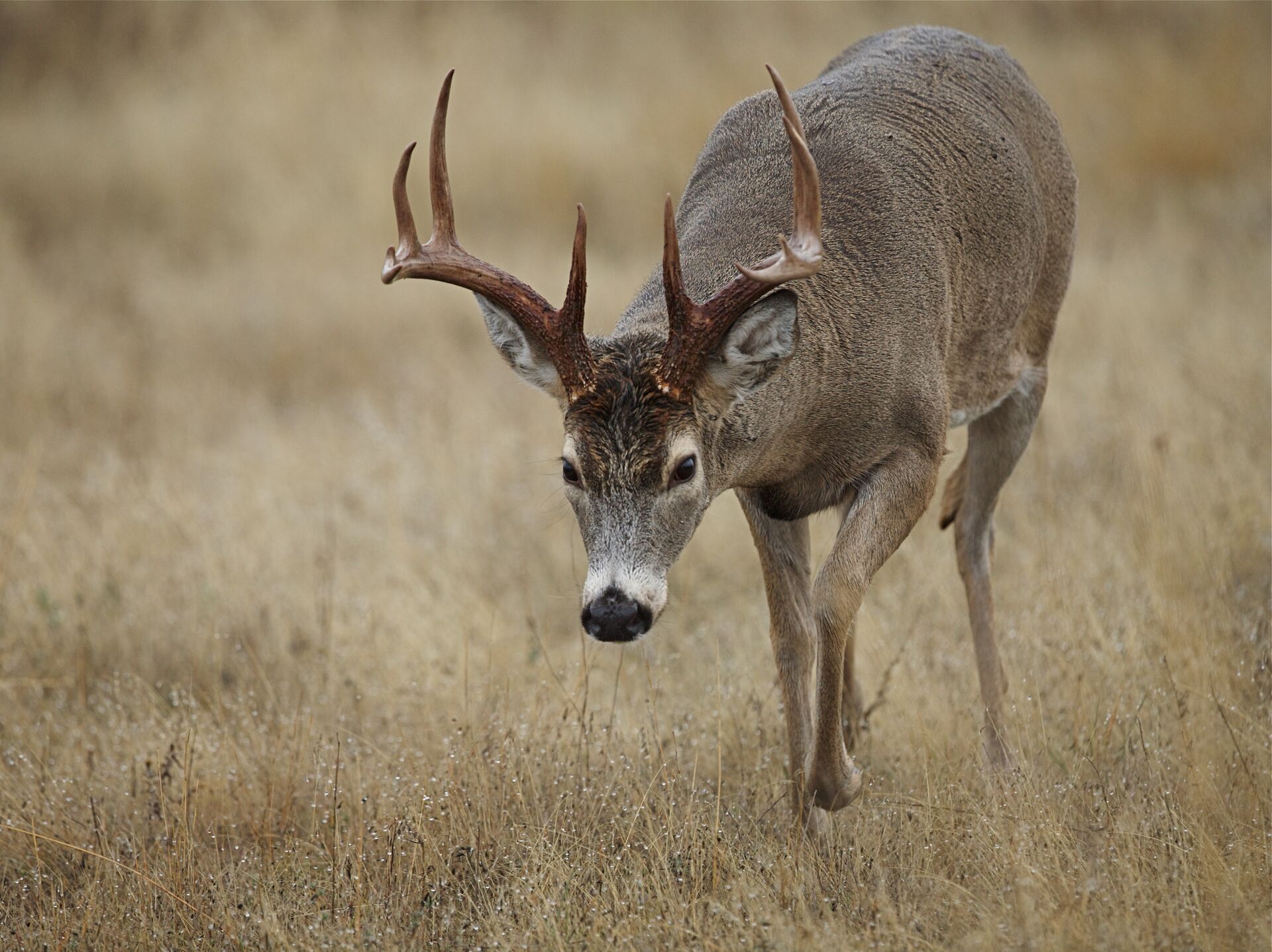
Signs a Deer May Attack (Yes, It Happens)
Do you know how to tell if a deer is going to attack? While deer attacks on humans are relatively rare, they can happen with a buck during the rut or when a doe feels her fawn is threatened.
Recognizing aggressive body language is crucial for determining whether a deer is likely to attack.
An aggressive deer will display several warning signs before attacking. These include snorting and pawing the ground to show dominance. The deer is signaling a charge if its head is lowered and the antlers are pointed in your direction.
Also, if you see hair raised on the back of the neck and upper back, the deer is agitated. This involuntary hair movement, known as piloerection, is designed to make the animal appear larger and more threatening.
Likewise, a deer that is walking stiff-legged or sideways is posturing to show dominance and make you back down.
Bucks will tend to be most aggressive during the fall rut when their hormones are peaking and increasing their territorial and dominance behaviors. Does will also be protective of their fawns during spring and early summer.
What to Do If a Deer Charges or Attacks
Even though deer attacks are rare, understanding what to do if a deer attacks you can help prevent serious injury.
If a deer attacks:
- Stay calm. While this may be easier said than done, maintaining a level head will help you make the best decision in times of stress.
- Make yourself appear bigger. Raise your arms, hold your bow or rifle overhead like antlers, and shout to try and intimidate the deer so it backs off.
- Put an object between you and the deer. If the deer remains aggressive and attacks, protect yourself by using your pack, bow, rifle, or a nearby tree as a shield or obstacle.
- Back away. Move slowly without making direct eye contact with the deer. Don’t turn your back, and move with confidence and purpose.
- If attacked, protect your head and neck. Drop to the ground and curl into a ball. Cover your head and neck and do your best to protect your vital organs to minimize damage from the deer’s antlers and hooves.
Having a grasp of these defensive tactics, combined with an understanding of a deer’s body language, can help ensure that rare violent encounters with deer can be safely managed.

What Happens if Other Animals Attack During a Hunt?
Experienced hunters and backcountry hikers always strive to maintain a high level of awareness while in the field. After all, deer aren’t the only animals that can pose a threat to humans when hunting.
Small predators like bobcats can mistake well-camouflaged hunters who are using prey calls as real prey, as demonstrated by a recent attack on an Alabama turkey hunter.
Coyotes and feral hogs can become aggressive if they feel cornered, and you are the only obstacle between them and escape. Additionally, black bears, grizzly bears, and moose with young offspring are often willing to escalate an encounter to violence rapidly.
Since many mammals use similar threat displays to deer, developing an understanding of animal behaviors and body language can be an effective deterrent.
Also, be aware of the types of predators and large animals that inhabit your hunting area, and, if possible, avoid thick brush and high grass that can increase the likelihood of surprise encounters. Carry appropriate deterrents, such as bear spray or bear bangers, in areas where bears and moose are present.
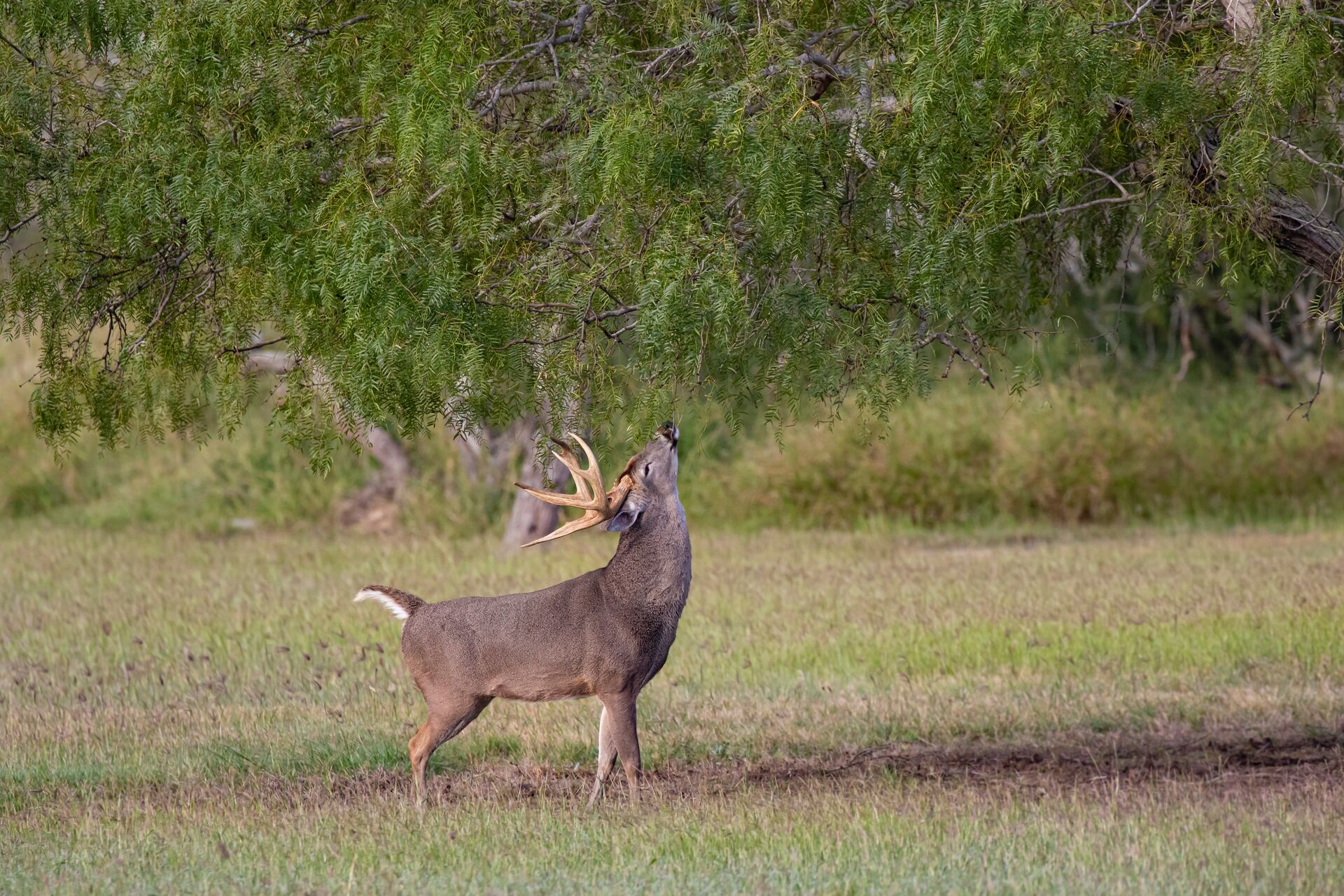
Learn More Hunting Safety Skills with a Hunter Education Course
Skilled deer hunters don’t just hunt deer. They know how to read deer body language like a book. They can observe a deer’s movements, note its posture, and listen for specific vocalizations to anticipate the animal’s behavior and make more informed shot decisions.
This knowledge can also be used to stay safe in the field.
Before heading to your deer stand or out into the rugged backcountry, make sure you’re fully prepared. Completing a hunter safety course through ilearntohunt is an excellent way to learn crucial safety skills every hunter should know! Our comprehensive, state-approved courses cover basic field skills, first aid, ethical hunting practices, and safety fundamentals to create a better outdoor experience and a successful hunt.
Plus, our courses help you meet your state's requirements for hunter education! As you prepare for your next hunt, take the ilearntohunt course for your state. Then, happy hunting!
Frequently Asked Questions (FAQs)
We have answers to your questions about deer body language!
1. What does it mean when a deer raises its head and stomps its hoof?
This is a sign the deer is alert and senses danger. The animal is trying to locate a threat and decide whether to run away if its suspicion is confirmed.
2. How can I tell if a deer is alarmed or relaxed?
A relaxed deer has a calm posture, soft eyes, and will flick its ears casually. However, an alarmed deer will freeze, snort, stomp, or flick its tail sharply.
3. What should I do if a deer stares directly at me during a hunt?
Stay completely still. Deer have excellent vision and can easily detect movement. If you don't move and don't make noise, it may not see you as a threat.
4. Are deer ever aggressive toward humans?
Yes! Bucks during the rut or does protecting fawns can be especially aggressive. They may charge, gore, and kick if provoked or cornered.
5. What should I do if a deer attacks me?
Try to put a barrier (your backpack, weapon, tree, or rock) between you and the deer. Then, back away slowly if possible. If charged, protect your head and vital organs. Seek help immediately after an attack.
Take the ilearntohunt course for your state to learn more about hunting safely!

